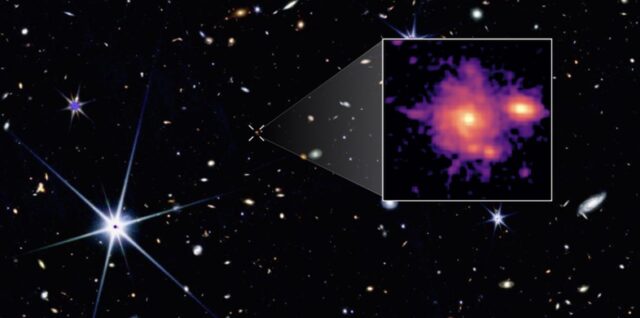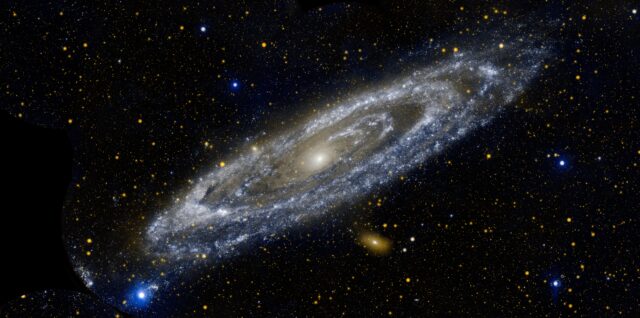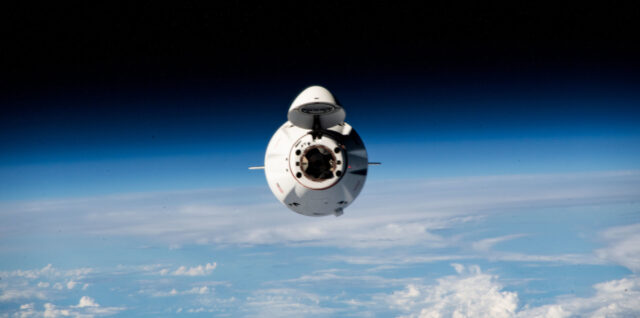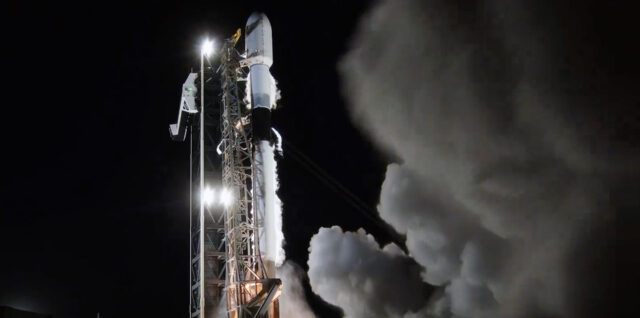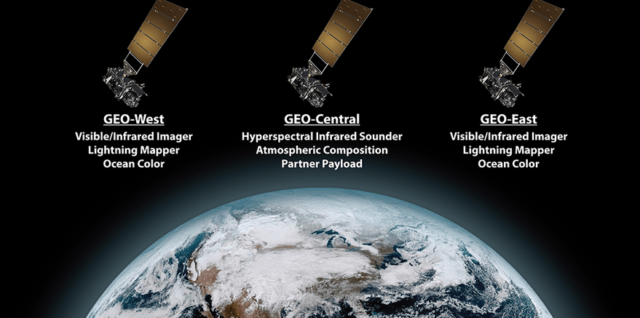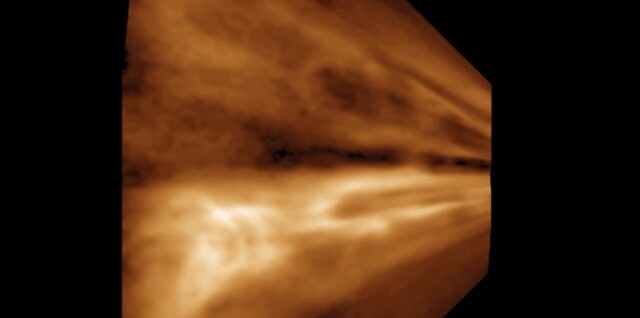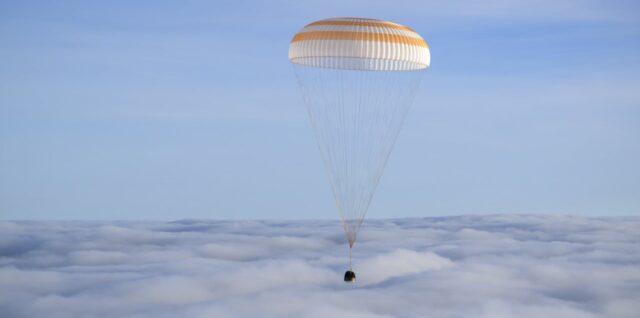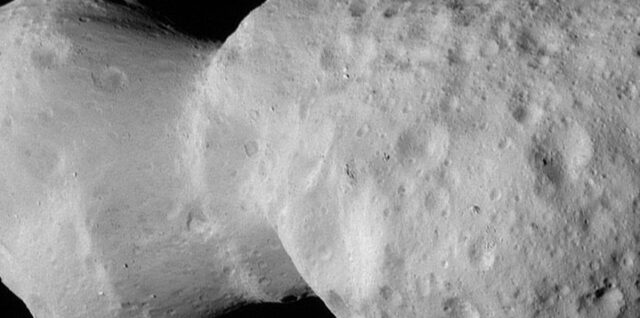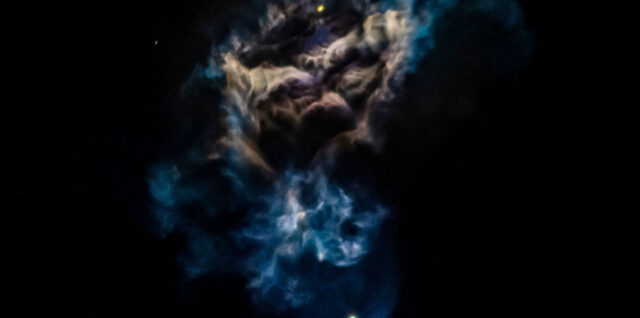A Planet Found in Perpendicular Orbit Around Two Stars
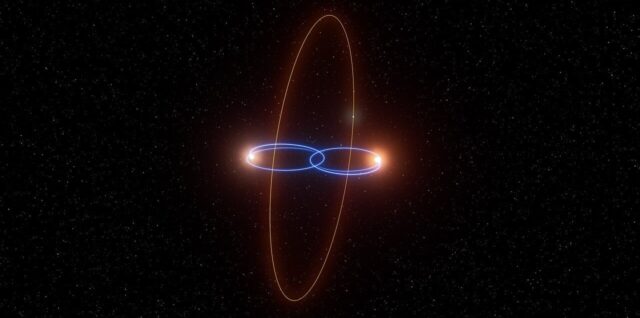
The planets in our Solar System orbit the Sun along a plane extending from the solar equator. That’s typically the case for exoplanets too but just recently, a team of astronomers have found a system where a planet is in a perpendicular orbit around a binary pair! The brown dwarf system with its strange planetary companion is likely the result of three-body interactions between the stars and planet, tweaking it into the crazy orbital configuration we see today.

